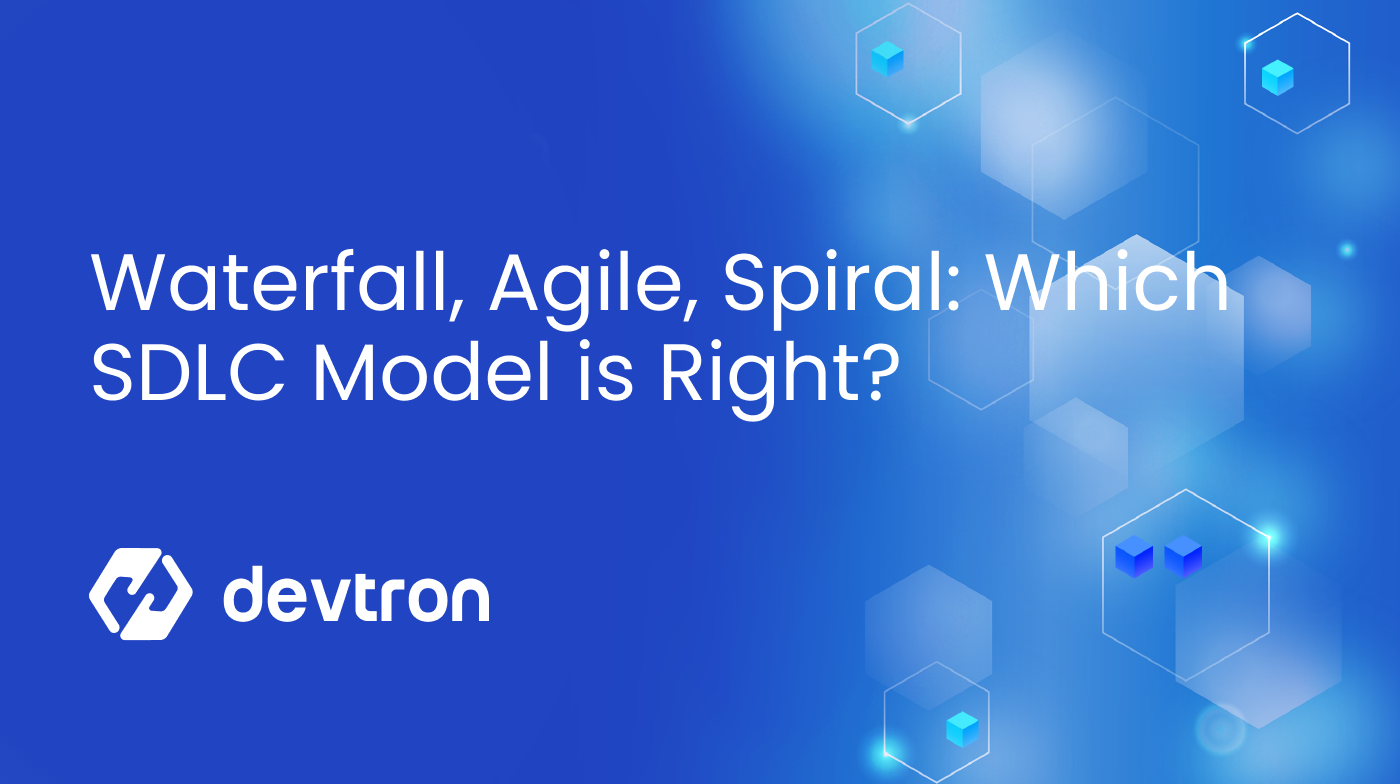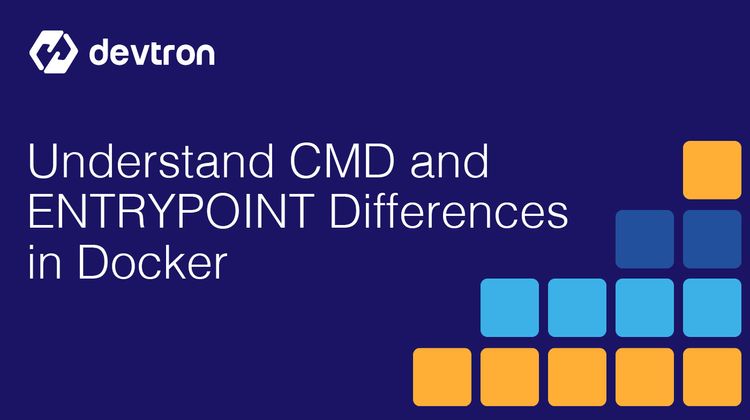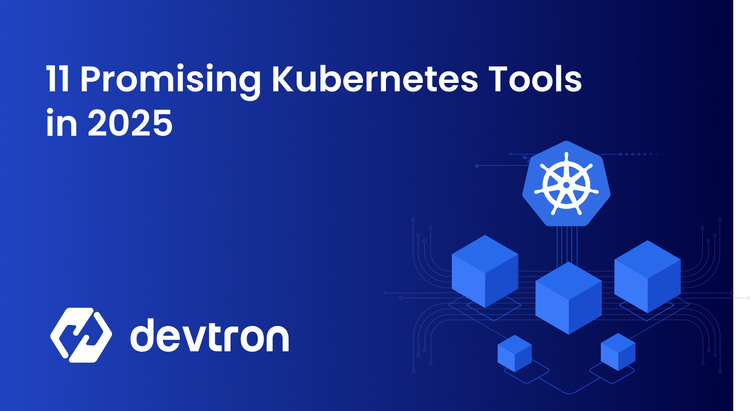In the fast-paced world of software development, delivering high-quality products efficiently is a constant challenge. At the heart of this process lies the Software Development Life Cycle (SDLC)—a structured approach that guides teams from ideation to deployment and maintenance. Over the years, various SDLC models have emerged, each designed to address specific challenges, optimize workflows, and ensure that the end product meets both user and business requirements.
Please read this blog to learn more about the entire Software Development Lifecycle.
This blog explores the foundational SDLC models that have shaped the software industry. From the linear clarity of the Waterfall model to the dynamic adaptability of Agile, we’ll delve into the strengths and limitations of each approach. Whether you're a seasoned developer, a project manager, or a tech enthusiast, understanding these models can help you choose the right strategy for your next project.
Let’s dive in and explore how these frameworks contribute to successful software delivery.
What are SDLC Models?
SDLC models are frameworks that define the stages involved in creating software, from initial concept to deployment and maintenance. Each model outlines a specific sequence or flow of tasks, often tailored to different types of projects. Examples include the Waterfall model, which follows a linear progression, and the Agile model, which emphasizes iterative development and flexibility. These models provide guidelines to optimize development workflows, improve team collaboration, and deliver high-quality products efficiently.
Importance of SDLC Models
SDLC models provide a structured approach to software development, ensuring clarity, efficiency, and quality throughout the process. By dividing the software development lifecycle into manageable phases, these models help teams plan, execute, and monitor progress systematically. They reduce risks, improve resource allocation, and ensure alignment between technical goals and business requirements. Choosing the right model can significantly impact a project's success by addressing its unique challenges and needs.
Popular SDLC Models
There are a number of different SDLC models that organizations use to streamline their process of software development. Let’s take a look at some of the popular SDLC models that are used in the industry.
Waterfall SDLC Model
The Waterfall model is a linear and sequential approach to software development, where each phase—Requirement Analysis, System Design, Implementation, Testing, Deployment, and Maintenance—must be completed before the next one begins. This model emphasizes thorough documentation and upfront planning, making it a straightforward and structured method for managing projects with stable and well-defined requirements. It operates like a cascading flow, ensuring each phase is fully addressed before moving forward.
It follows a linear and sequential approach where each phase must be completed before the next begins, resembling a cascade of water through defined steps. The phases typically include:
- Requirement Analysis: Gathering and documenting all user and business requirements.
- System Design: Creating architectural and detailed designs based on the requirements.
- Implementation: Writing and integrating code according to the design specifications.
- Testing: Validating the system for bugs, errors, and requirement compliance.
- Deployment: Delivering the final product to the customer or user environment.
- Maintenance: Addressing any issues post-deployment and updating the system as needed.
The waterfall model has a number of benefits, including:
- Clarity and Simplicity: Clear stages and goals make it easy to understand and manage.
- Thorough Documentation: Comprehensive documentation ensures consistency and aids future maintenance.
- Ideal for Predictable Projects: Works well when requirements are stable and unlikely to change.
- Phase-by-Phase Progress: Ensures issues are addressed within their specific phase, preventing overlap and confusion.
Spiral SDLC Model
The Spiral Model is a risk-driven SDLC approach that combines iterative development with the systematic aspects of the Waterfall model. It focuses on identifying and mitigating risks through repetitive cycles, called spirals, where each spiral represents a phase of development. The model emphasizes early identification of potential risks, allowing teams to address them before they escalate.
The process is divided into four main activities in each spiral:
- Planning: Gathering requirements and setting objectives for the phase.
- Risk Analysis: Identifying, analyzing, and addressing potential risks.
- Engineering: Developing prototypes, designing, coding, and testing.
- Evaluation: Reviewing deliverables with stakeholders and planning the next iteration.
Each spiral begins with a detailed review and ends with a prototype or part of the final system, enabling gradual refinement of the product.
The Spiral Model is particularly suited for complex and high-risk projects where requirements are unclear or likely to change. However, it requires skilled risk assessment and is typically costlier due to its iterative nature. It has a number of benefits including:
- Risk Management: Focuses on identifying and resolving risks early in the development cycle.
- Flexibility: Adapts well to changes in requirements, as phases can be repeated until objectives are met.
- Customer Involvement: Regular stakeholder reviews ensure the product aligns with expectations.
- Early Prototyping: Helps in understanding requirements and testing designs early in the process.
Agile SDLC Model
The Agile Model is a highly flexible and iterative approach to software development that focuses on delivering small, functional increments of a product in short development cycles, known as sprints. Unlike traditional SDLC models, Agile emphasizes collaboration, adaptability, and customer feedback, allowing teams to respond quickly to changes and deliver value continuously.
The process typically involves:
- Conceptualization: Breaking down the product into smaller, manageable user stories or tasks.
- Sprint Planning: Organizing tasks into short, time-boxed cycles (usually 1-4 weeks).
- Design and Development: Collaboratively designing, coding, and testing small functional units.
- Testing and Feedback: Continuous testing and integration to ensure functionality meets user expectations.
- Delivery: Delivering shippable increments after each sprint.
- Retrospective: Reviewing the sprint to identify improvements for the next cycle.
- Flexibility: Easily accommodates changes in requirements, even late in the development cycle.
The Agile Model is ideal for dynamic environments where requirements are expected to evolve, such as startups or projects involving cutting-edge technologies. However, its success heavily depends on team expertise, consistent customer involvement, and clear communication. Some of the benefits of the Agile model include
- Customer Collaboration: Close involvement ensures the product aligns with user needs.
- Faster Time-to-Market: Delivers usable features quickly, improving customer satisfaction.
- Improved Quality: Regular testing and feedback help identify and resolve issues early.
- Enhanced Team Collaboration: Encourages cross-functional teamwork and communication.
Conclusion
Choosing the right SDLC model is pivotal to the success of any software project. Each model—Waterfall, Spiral, and Agile—offers unique strengths tailored to different project needs. The Waterfall model provides structure and clarity for projects with well-defined requirements, while the Spiral model excels in managing risk and complexity. Agile, on the other hand, thrives in dynamic environments, fostering adaptability, collaboration, and rapid delivery.
Understanding the nuances of these models empowers teams to align their development approach with project goals, stakeholder expectations, and resource constraints. Whether your focus is predictability, risk management, or flexibility, selecting the appropriate SDLC model can streamline workflows, enhance team collaboration, and ultimately deliver software that meets or exceeds expectations. By leveraging these time-tested frameworks, you can ensure your software development journey is both efficient and effective.
FAQ
What are the 8 models of SDLC?
Here are the 8 SDLC models:
- Waterfall Model: Sequential, phase-dependent.
- Incremental Model: Develops in small increments.
- Spiral Model: Iterative with risk management.
- Agile Model: Iterative with constant feedback.
- Iterative Model: Cyclical, refinement-focused.
- V-Model: Waterfall with testing at each phase.
- Big Bang Model: Unstructured, resource-intensive.
- Prototype Model: Builds prototypes for feedback.
What is the SDLC Model?
The SDLC Model (Software Development Life Cycle) is a structured process used to design, develop, test, and deploy software efficiently. It defines stages like planning, analysis, design, implementation, testing, deployment, and maintenance to ensure high-quality software delivery.
What is the Waterfall model?
The Waterfall Model is a sequential SDLC approach where each phase (requirements, design, implementation, testing, deployment, and maintenance) is completed fully before moving to the next, with no overlap or iteration.
What is the Agile SDLC Model?
The Agile SDLC Model is an iterative and flexible approach to software development that emphasizes collaboration, customer feedback, and small, rapid releases to adapt to changing requirements.








